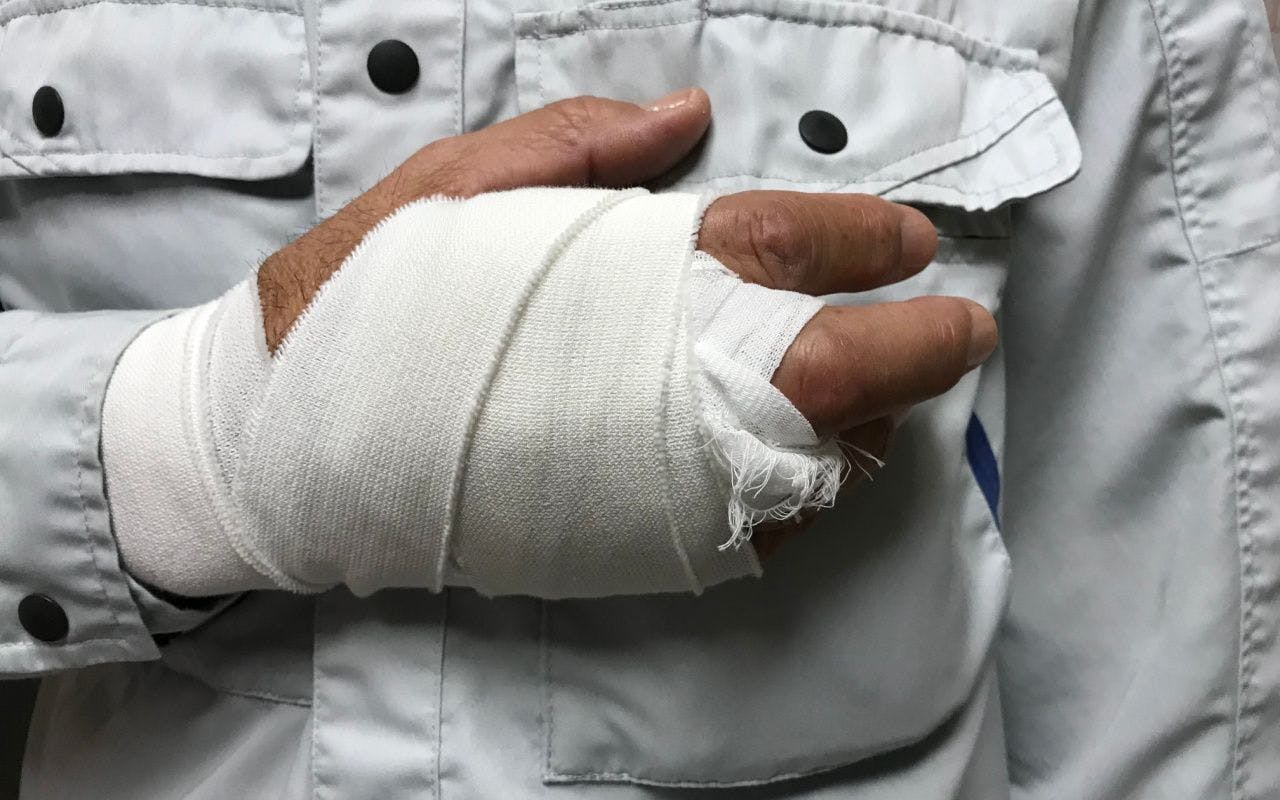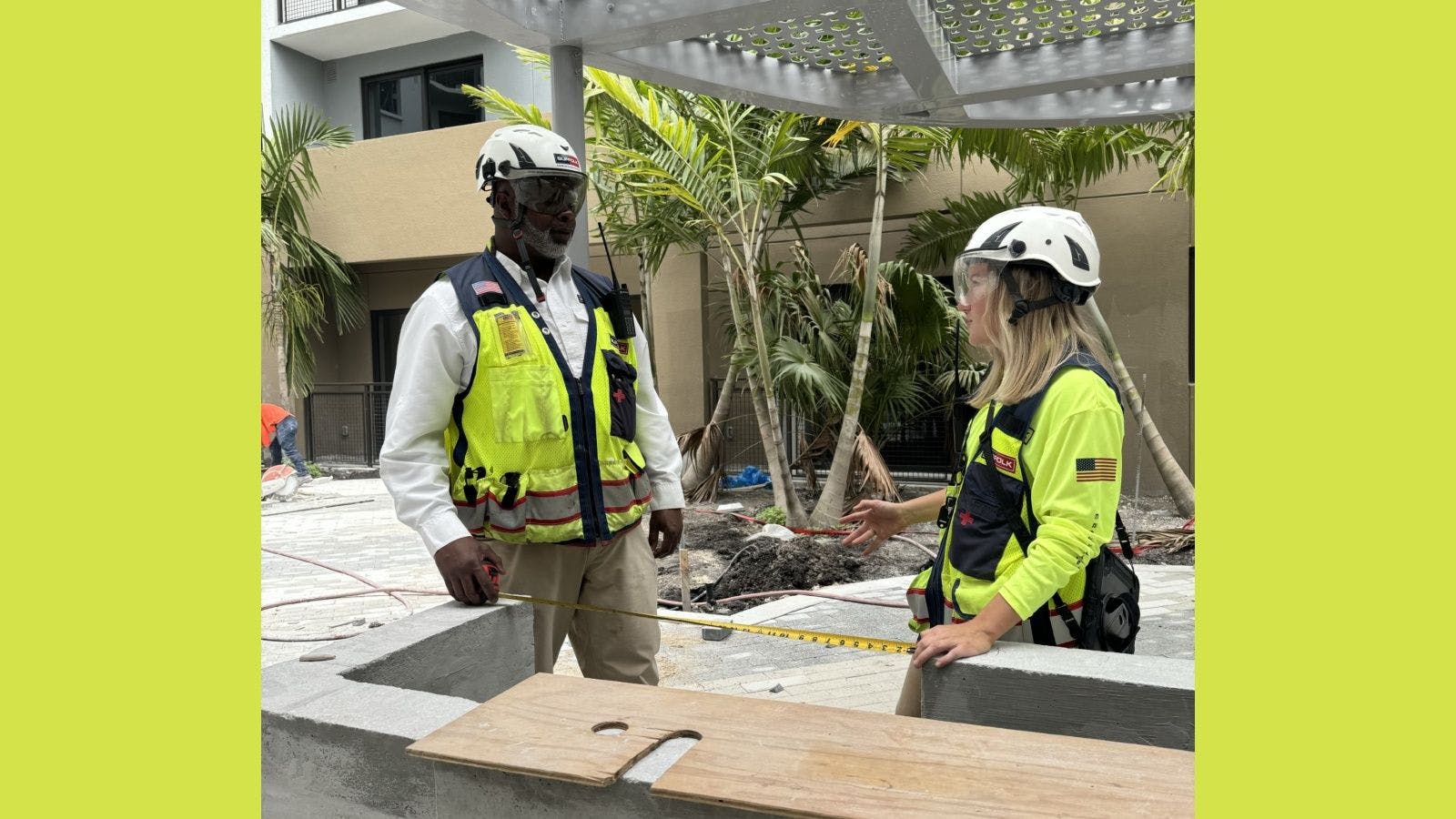
Making Workers' Compensation Work Better for Your Workforce
A construction site can be a hive of activity. It’s one reason why construction is one of the most dangerous industries. According to the 2023 Travelers Injury Impact Report, the construction industry has the highest average of missed workdays per injury: 99. Construction employees are exposed to various hazards on the job. Injuries such as cuts, burns, sprains and strains can result in lost work time, reduced productivity, increased medical expenses and costly workers' compensation claims.
For minor injuries, a visit to a hospital emergency department may not be the best solution. And based on the time of day or location of a worksite, urgent care might not be an option. Many of these injury types can be treated virtually using telemedicine, a technology that allows health care providers to communicate with patients via video, phone or online platforms. Telemedicine visits can be conducted using an employee’s smartphone or mobile device. Today’s mobile device and smartphone features are sophisticated enough to offer an exceptional video and audio experience, and constant upgrades to these devices enable health care providers to effectively conduct medical evaluations virtually.
TREATABLE CONDITIONS
Telemedicine can be used to treat a variety of minor injuries and illnesses that commonly occur on construction sites, such as:
Minor strains (e.g., pulled muscles)
Minor sprains
Bruises/contusions
Tendonitis/repetitive-use injuries
Minor burns
Minor cuts and scrapes
Work-related rashes
Telemedicine can also be used for injury rechecks, such as:
Some wound and laceration checks
Second-degree burns
Moderate cervical and low back injuries
Significant sprains, strains and contusions
Routine postoperative checks
CONDITIONS NOT APPROPRIATE FOR TELEMEDICINE
Telemedicine is not appropriate for serious or life-threatening conditions or conditions that typically require hands-on care, such as:
Chest pain
Heat exposure
Difficulty breathing
Severe bleeding
Head trauma
Fractures
Severe burns
Eye injuries
For serious or life-threatening conditions, employers should seek emergency medical care immediately and follow their incident reporting procedure.
ADVANTAGES OF TELEMEDICINE
Some of the most notable advantages to utilizing telemedicine for workers’ compensation injuries include:
24/7 access: Telemedicine makes it possible to have around-the-clock access to care providers, so employers can provide immediate care to injured employees regardless of time of day or location. This can prevent treatment delays and reduce the risk of medical complications.
Convenience: Telemedicine can eliminate the need for employers to send employees with minor work injuries to and from a medical facility, which can be time-consuming and costly. And for greater convenience, many employers who utilize telemedicine for occupational injuries allow their employees to access it using their personal device.
Medical expertise: Telemedicine can connect injured employees with qualified and experienced health-care providers who are typically trained and experienced in the use of video health technology; therefore, whether observing a patient’s range of motion or performing a visual inspection of an injury, telemedicine care providers can effectively evaluate the severity of an employee’s condition. These care providers can also use telemedicine to prescribe medications, order tests, refer to specialists or offer follow-up care as needed.
Early intervention: Telemedicine can help employees get an accurate diagnosis and treatment recommendation for a work-related injury or illness promptly, potentially preventing a condition from worsening and reducing the need for more invasive or expensive procedures later.
Privacy and security: Telemedicine platforms typically use encryption and other security measures to protect the confidentiality and integrity of a patient’s personal identifiable information and protected health information. A construction site supervisor can confidently recommend this care option, and an injured employee can share their health concerns with a virtual care provider without fear of privacy breaches or identity theft. In addition, having a designated area on site for telemedicine visits can further promote patient privacy.
Cost containment: In the absence of other care options, a site supervisor might send an employee with a minor injury to a nearby emergency department. Telemedicine could serve as a cost-effective and more appropriate care option, especially if injury severity does not warrant an emergency department visit. Plus, the costs associated with travel and lost productivity help make telemedicine a more affordable alternative.
INTEGRATING TELEMEDICINE WITH WORKERS’ COMPENSATION
Adopting and utilizing telemedicine for the treatment of minor occupational injuries is no longer about embracing the future of workers’ compensation. The landscape of workers’ compensation has already changed, and telemedicine is part of that new normal. It’s time for construction firms to realize the true value of integrating virtual health technology with their workers’ compensation program. From improving return-to-work outcomes to helping reduce overall workers’ compensation claims cost, telemedicine is proving to be a cost-effective, convenient workplace injury care solution.
Related stories








